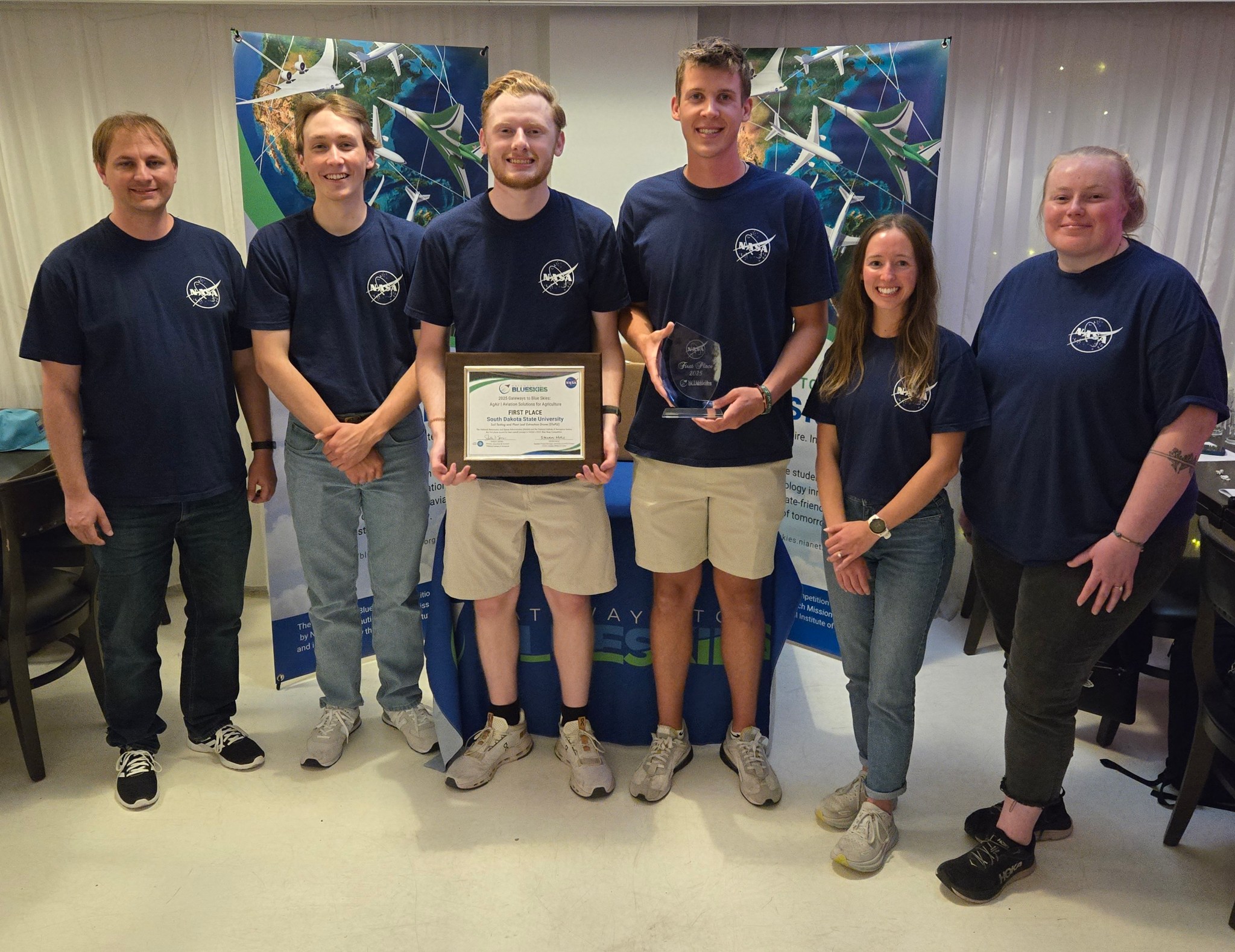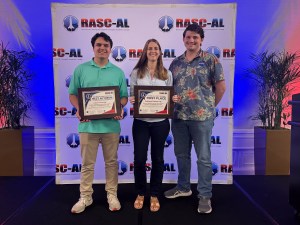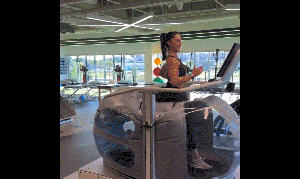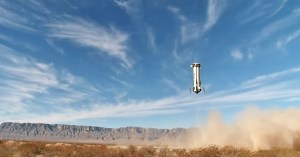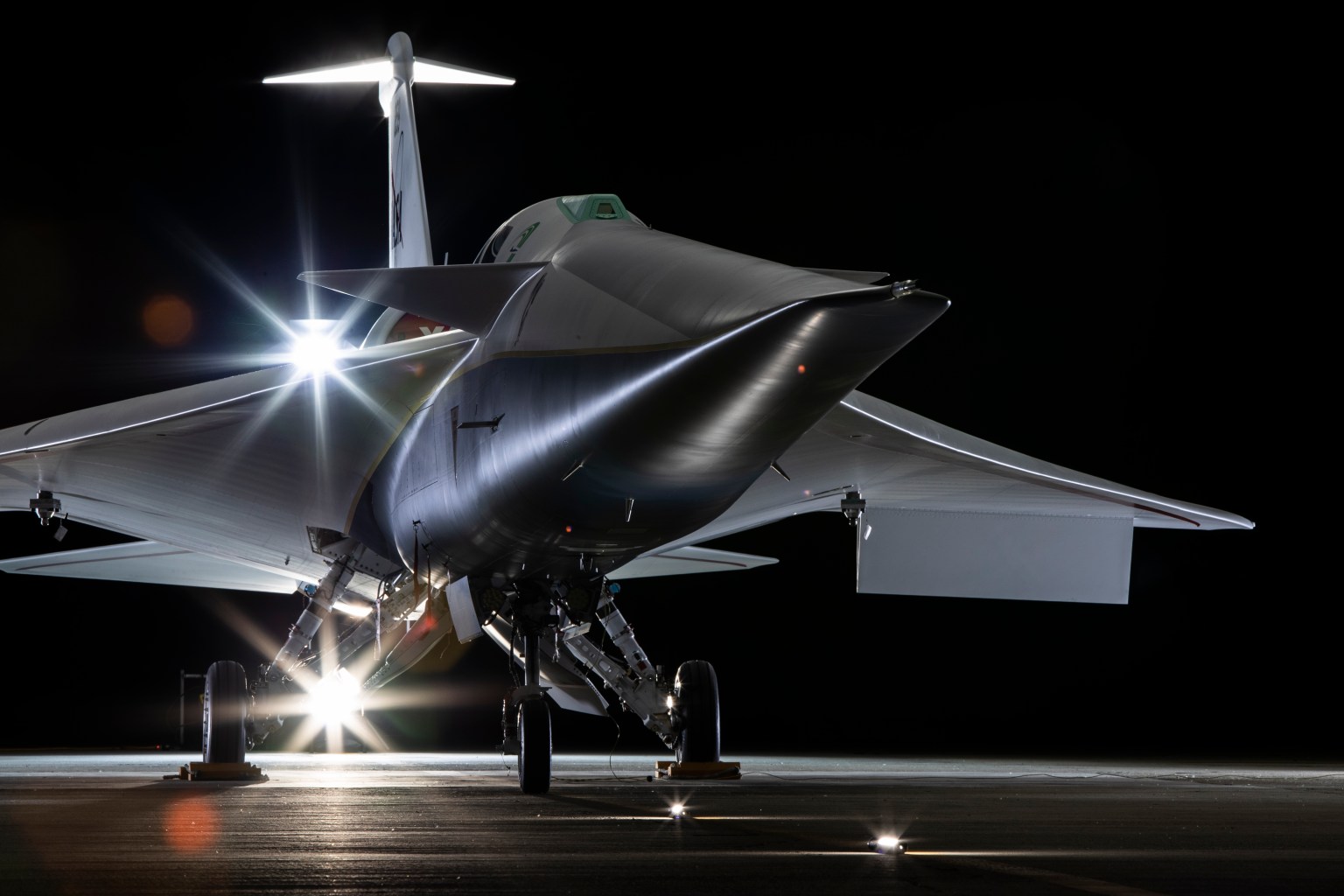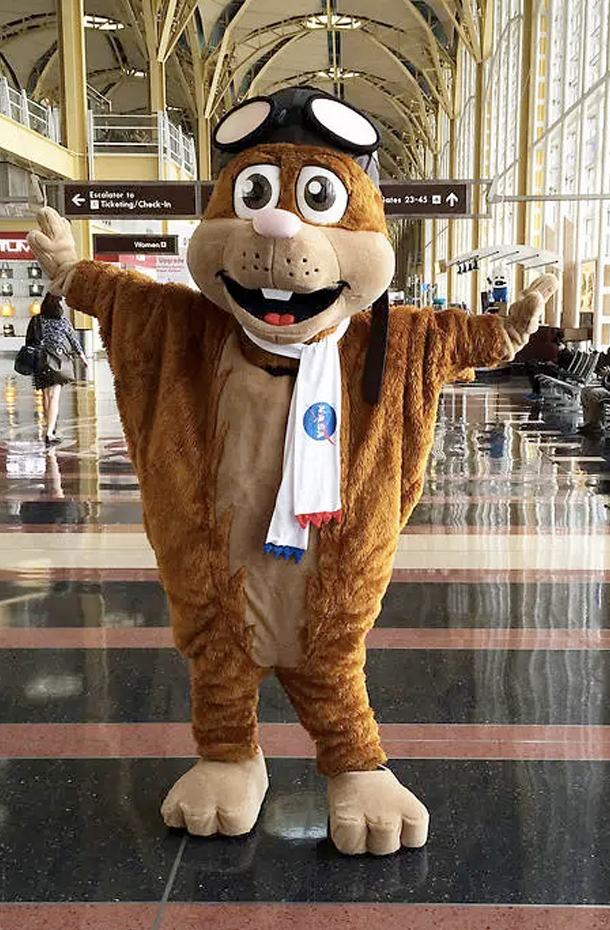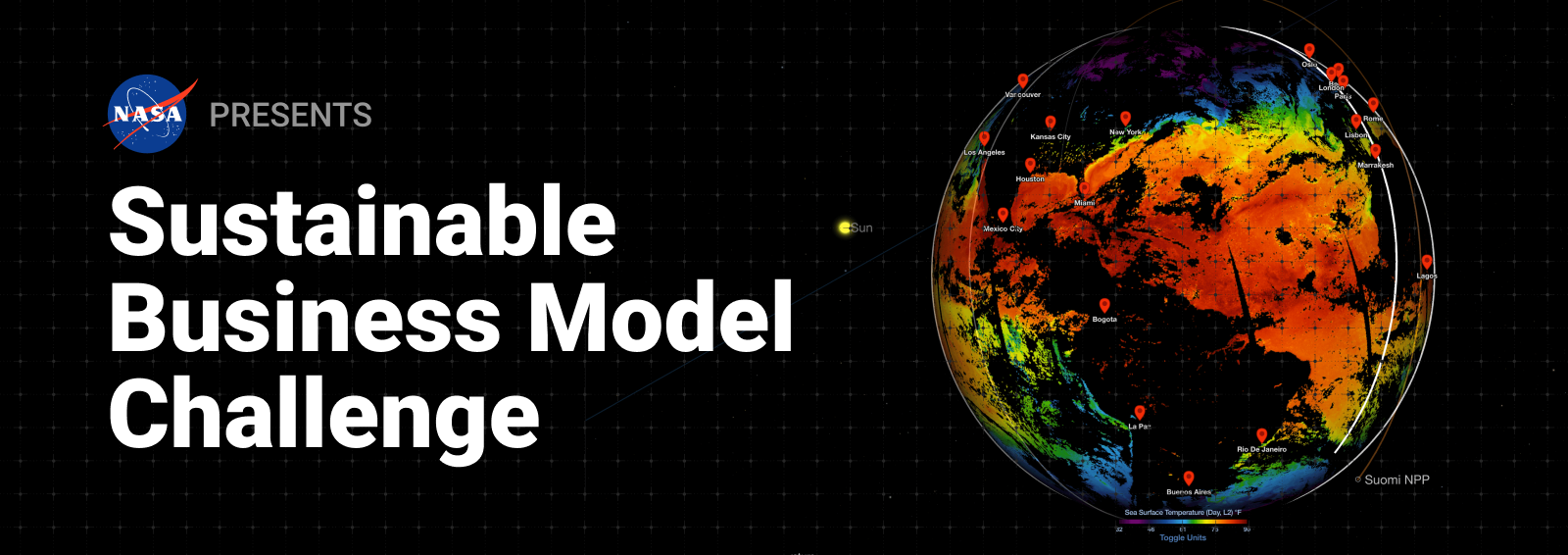NASA Awards Third Crowdsourcing Contract Iteration
NASA continues to collaborate with global communities to solve complex challenges through crowdsourcing with a series of 25 new NASA Open Innovation Service (NOIS) contracts managed by the agency’s Johnson Space Center in Houston.
The contract aims to empower NASA’s workforce by actively engaging the public to find creative solutions to difficult space exploration challenges through rapid experimentation with new methodologies, new technologies, and unique perspectives, ensuring NASA remains at the forefront of innovation while accomplishing its missions.
This is the third NOIS contract, managed by NASA’s Center of Excellence for Collaborative Innovation (CoECI), and used by NASA and other government agencies. The NOIS3 contract will provide solutions through multiple crowdsourcing tools and methodologies, which include public prize competitions, freelance tasking, technology searches, and other crowd-based methods.
The total value of the NOIS3 contract is $475 million over 10 years. There is a guaranteed $500 minimum obligation for each contract award. The base contract spans June 5, 2025, through May 31, 2027, and there are two options, the first for three years, and the second for five years. If all options are exercised, work could continue through May 31, 2035.
The awardees are:
- Blue Clarity, Vienna, Virginia
- Capital Consulting Corp., Fairfax, Virginia
- Challenge Works, London, United Kingdom
- CrowdPlat Inc., Pleasanton, California
- Design Interactive Inc., Orlando, Florida
- DrivenData Inc., Denver
- Ensemble Government Services, Hyattsville, Maryland
- Hyperion Technologies, Arlington, Virginia
- Floor23 Digital, Jackson, Wisconsin
- Freelancer International, Sydney, Australia
- HeroX, Wilmington, Delaware
- HYVE Innovate, Munchen, Germany
- Innoget, Rockville, Maryland
- Institute of Competition Sciences, San Francisco
- Loyal Source Government Services, Orlando, Florida
- Luminary Labs, New York City
- National Institute of Aerospace Associates, Hampton, Virginia
- Randstad Federal, Duluth, Georgia
- Rios Partners, Arlington, Virginia
- SecondMuse, Bernalillo, New Mexico
- TechConnect, Summerville, South Carolina
- Toffler Associates, Arlington, Virginia
- Tongal Inc., Los Angeles
- Topcocder, Indianapolis
- yet2.com Inc., Waltham, Massachusetts
NASA’s CoECI provides guidance on open innovation initiatives, helping define challenges and requirements and formulating and evaluating potential solutions. The center’s end-to-end service allows NASA and other federal agencies to rapidly experiment with new methods and solve critical problems through innovation and collaboration.
Learn more about the NASA Center of Excellence at:
-end-
Tiernan Doyle
Headquarters, Washington
202-358-1600
tiernan.doyle@nasa.gov
Kelly Humphries
Johnson Space Center, Houston
281-483-5111
kelly.o.humphries@nasa.gov


